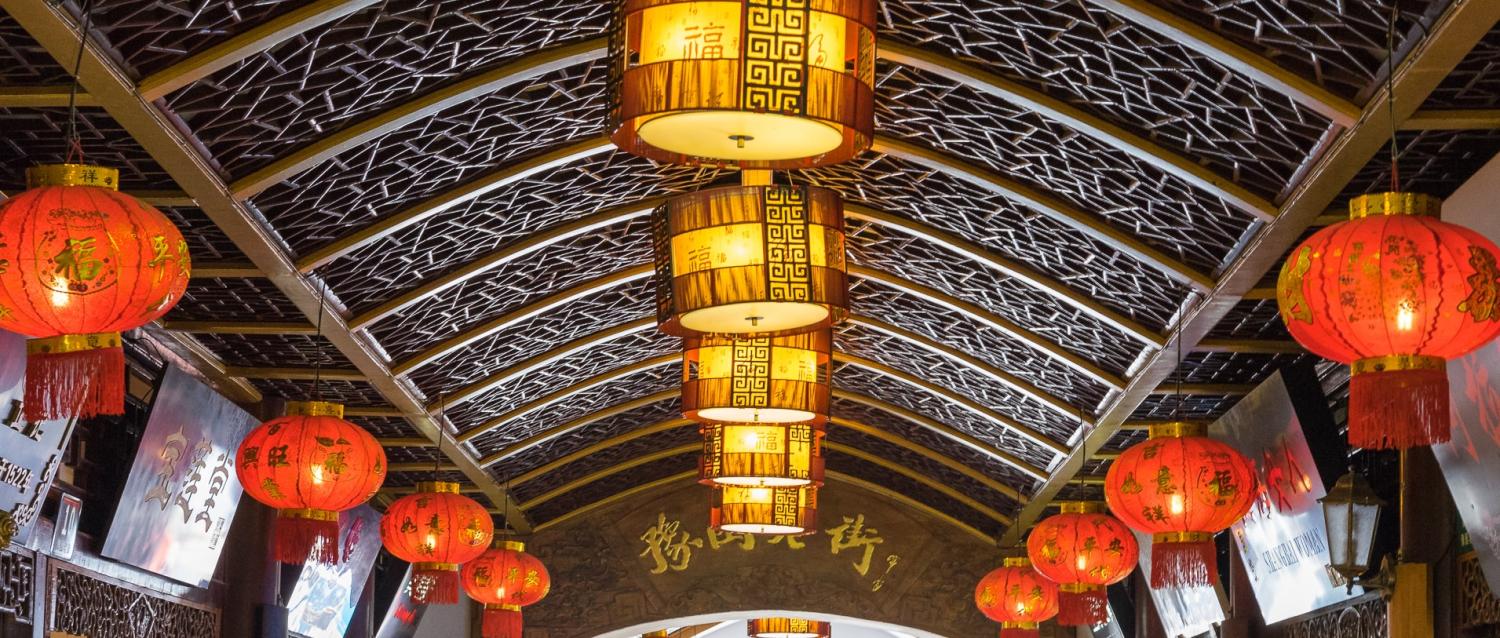The US appears to have reached a turning point in its economic relationship with China.
During the 2016 presidential campaign, candidate Donald Trump accused Chinese policy makers of perpetrating the ‘greatest theft in the history of the world’ and blamed their foolish and incompetent American counterparts for letting them get away with it. Trump’s rhetoric was characteristically overheated (‘we can’t allow China to rape our country’) and, in the view of most economists, he misidentified the primary symptom of the problem (the size of the US trade deficit with China), misstated its cause (an undervalued Chinese currency), and proposed a cure (a 45% tariff on Chinese imports) that would have been worse than the disease.
But, however crudely and inadequately, Trump put his finger on a real issue. China’s integration into the Western-built system of open global commerce, culminating in its admission to the World Trade Organization in 2001, was supposed to promote its liberalisation, economic as well as political. Instead the opposite has happened.
In the past decade, even as the country grew richer and stronger, China’s Communist Party regime has become more repressive and militantly nationalistic at home and more aggressive towards its neighbours. Meanwhile, rather than shift towards an increasing reliance on market forces, the party-state has doubled down on mercantilism. Despite its commitments under the WTO, Beijing continues to subsidize and protect Chinese firms thereby enabling them to undercut foreign competitors. In addition to its massive theft of intellectual property through cyber and more traditional means, China now acquires technology via a rapidly expanding flow of overseas investment and through what amounts to extortion, by threatening to deny foreign firms access to its large and increasingly important market if they do not accede to its demands.
As its public plans make plain, over the course of the coming decade, Beijing aims to use these tools to propel its ‘national champions’ into positions of leadership, displacing foreign competitors in global markets and reducing its own dependence on imports across a wide range of industrial sectors, including robotics, telecommunications, artificial intelligence and next-generation manufacturing.
How to respond to this challenge? Although it does not explicitly label China as its primary target, the Trump administration’s National Security Strategy statement released in December declares the US ‘will no longer turn a blind eye to violations, cheating or economic aggression’ and promises to ‘counter all unfair trading practices … using all appropriate means.’ Somewhat more concretely, since taking office the Trump administration has launched a variety of investigations that could provide grounds for imposing tariffs on Chinese products, including assessments of the adequacy of the US defence industrial base and probes into the impact on American companies of intellectual property theft and low cost steel and aluminium imports. The White House has also signalled its support for proposed legislation that would tighten oversight and make it more difficult for Chinese firms to invest directly in the US. Together with the various Executive branch investigations, debate over this legislation in Congress is likely to reach a culminating point in the early months of this year.
What happens then is anyone’s guess, but the range of plausible scenarios appears to be narrowing. As I suggested in a recent article analysing the debate over US economic strategy, it is possible that, after much bluster, the White House will choose to do nothing, whether out of fear of triggering a trade war or perhaps in hopes of obtaining Chinese assistance in dealing with North Korea. While it may decide to kick the can down the road for a bit longer, having raised the issue of China’s alleged unfair trading practices to such prominence it is hard to see how the administration can back down completely without a considerable loss of credibility.
To avoid this, and in keeping with his self-styled image as a canny deal maker, Trump could decide to declare victory after prying loose an assortment of Chinese commitments to buy more American beef, pork and jet planes. But the impact of such promises on the structural trade imbalance would be limited and transitory and, in any event, Beijing has already tried this gambit, most recently by signing $250 billion worth of purchase agreements during Trump’s visit in November.
If the administration takes action to restrict the influx of Chinese-made goods and capital it could do so either alone or in combination with other countries that share its concerns. The latter approach would have the advantage of enhancing American leverage while continuing to work through existing multilateral mechanisms, but the process would likely be slow and cumbersome and the results uncertain. In December, US Trade Representative Robert Lighthizer signed a joint statement promising to join Japan and the EU in working through ‘the WTO and other forums’ to oppose ‘unfair market distorting and protectionist practices’ by unnamed ‘third countries’. But Lighthizer, who has taken a prominent role in shaping administration trade policy, is a long-standing critic of the WTO, which he regards as ineffective in responding to China’s predatory behaviour.
Whatever it does in combination with others, in the coming year the US will almost certainly take steps to constrict Chinese investment in sensitive sectors and it is likely also to invoke laws to impose penalties on selected imports. Such measures will allow the administration to proclaim that it has kept its promise to get tough on trade. Whether they will provoke Beijing to retaliate in kind, or persuade it to abandon its long-standing policies, cutting back on subsidies, strengthening protections of intellectual property and relaxing restrictions on access to its market, remains to be seen. The latter path points towards renewed deepening of global integration, the former towards a world increasingly divided into economic blocs.

